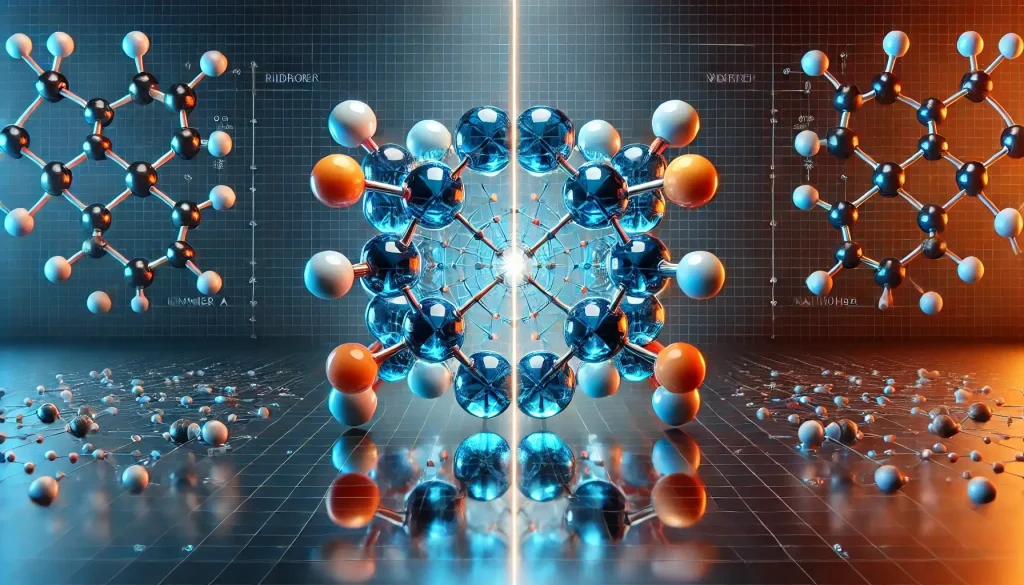Rheology & Deformation of solids U-2 Notes
Buy Premium
Get The High-Quality Pdf Notes on App
Rheology
- Rheology
- Newtonian Systems
- Law of Flow (Newton’s Law of Viscosity)
- Kinematic Viscosity
- Effect of Temperature on Viscosity
- Non-Newtonian Systems
- Plastic Flow (Bingham Plastic)
- Pseudoplastic Flow (Shear-Thinning)
- Dilatant Flow (Shear-Thickening)
- Thixotropy (Time-Dependent Shear-Thinning)
- Thixotropy In Formulation
Determination of Viscosity in Pharmaceutics
- Capillary Viscometer (Ostwald Viscometer)
- Falling Sphere Viscometer (Stoke’s Law Viscometer)
- Rotational Viscometer (Brookfield Viscometer)
Deformation of Solids
- Elastic And Plastic Deformation
- Heckel Equation
- Stress And Strain
- Elastic Modulus (Young’s Modulus)
Other Units of Physical Pharmaceutics II
Physical Pharmaceutics II
Other Subjects of B Pharmacy 4th Semester
Topic wise notes of:
Medicinal Chemistry I
- Fundamentals of Medicinal Chemistry
- Drugs Acting on the Adrenergic Nervous System
- Cholinergic neurotransmitters
- Drugs acting on Central Nervous System
- CNS Drugs: Anesthetics, Analgesics and Anti-Inflammatories
Topic wise notes of:
Pharmacognosy & Phytochemistry I
- Pharmacognosy: Sources, Classification, and Quality Control
- Conservation and Cultivation of Medicinal Plants
- Plant tissue culture
- Role of Pharmacognosy and Secondary Metabolites
- Drugs of Natural Origin: Plant, Marine, and Primary Metabolites
Topic wise notes of:
Pharmacology I
- Introduction to Pharmacology & Pharmacokinetics
- Pharmacodynamics & Drug Interaction
- Pharmacology of drugs acting on peripheral nervous system
- Pharmacology of drugs acting on central nervous system-1
- Pharmacology of drugs acting on central nervous system-2
Rheology and Deformation of Solids – Summary
This unit focuses on rheology, the study of the flow and deformation of matter, which plays a vital role in pharmaceutical formulation and processing. It begins with Newtonian systems, where the flow behavior follows Newton’s law of flow, and the viscosity remains constant regardless of shear rate. The concept of kinematic viscosity and the effect of temperature on viscosity are also explained, highlighting how increased temperature generally reduces viscosity.
The unit then transitions into non-Newtonian systems, which do not follow Newton’s law. These include pseudoplastic (shear-thinning), dilatant (shear-thickening), and plastic flow behaviors. Thixotropy, a time-dependent reversible decrease in viscosity under shear stress, is explored with relevance to pharmaceutical formulations such as gels and suspensions.
Furthermore, the unit details the methods for determining viscosity, including capillary viscometers, falling sphere viscometers, and rotational viscometers, each suitable for specific types of fluids.
The second part covers the deformation of solids, differentiating between plastic and elastic deformation. It introduces the Heckel equation to analyze powder compaction and explains mechanical concepts such as stress, strain, and elastic modulus, essential for understanding tablet formation and mechanical properties of dosage forms.
This unit provides a comprehensive understanding of stereochemistry, vital for advanced studies in medicinal and pharmaceutical chemistry.
At FirstHope, we provide BPharm notes that are topic-wise, easy to understand, and designed strictly as per the AKTU and Other Universities, hence designed according to PCI syllabus.
Thank you for reading from Firsthope's notes, don't forget to check YouTube videos!




